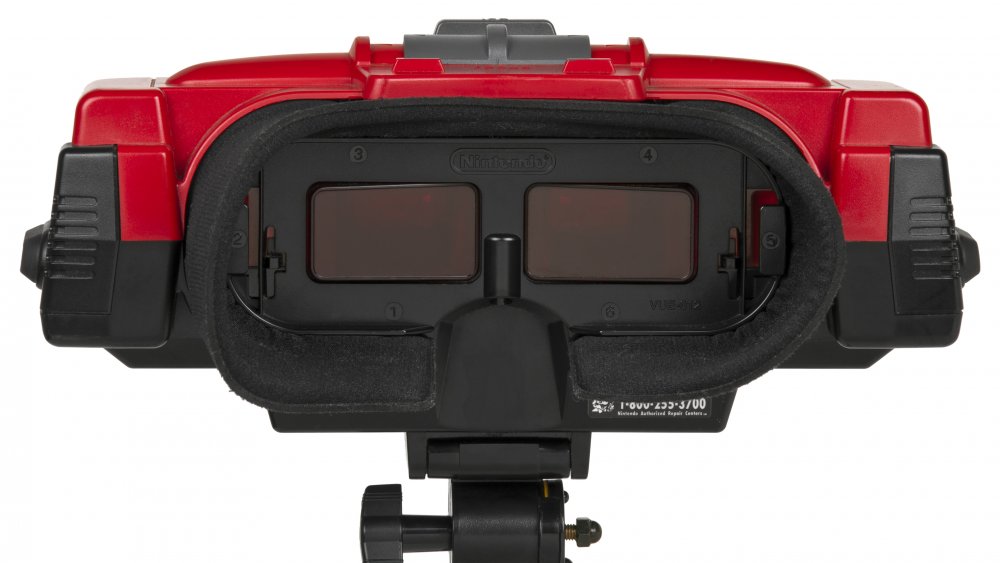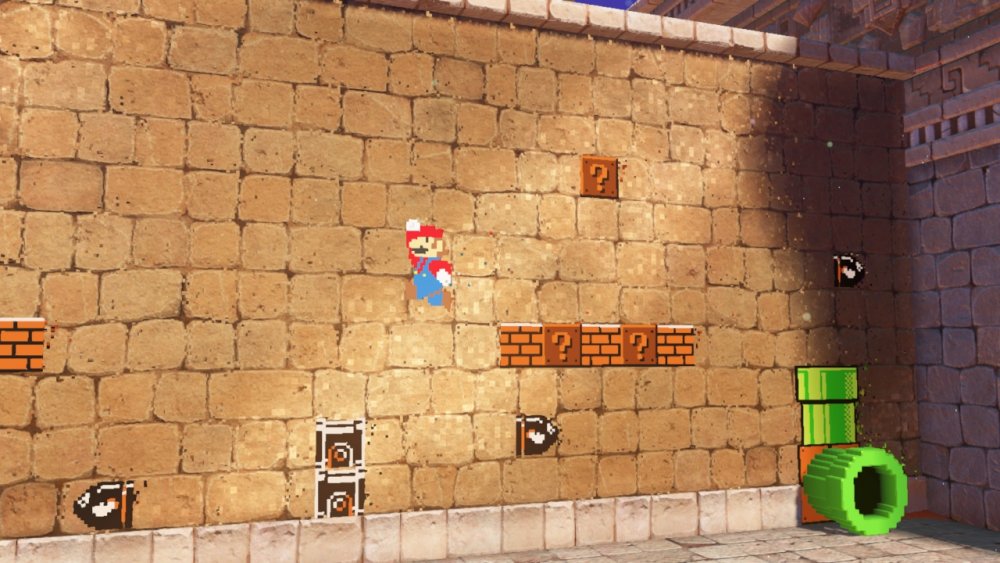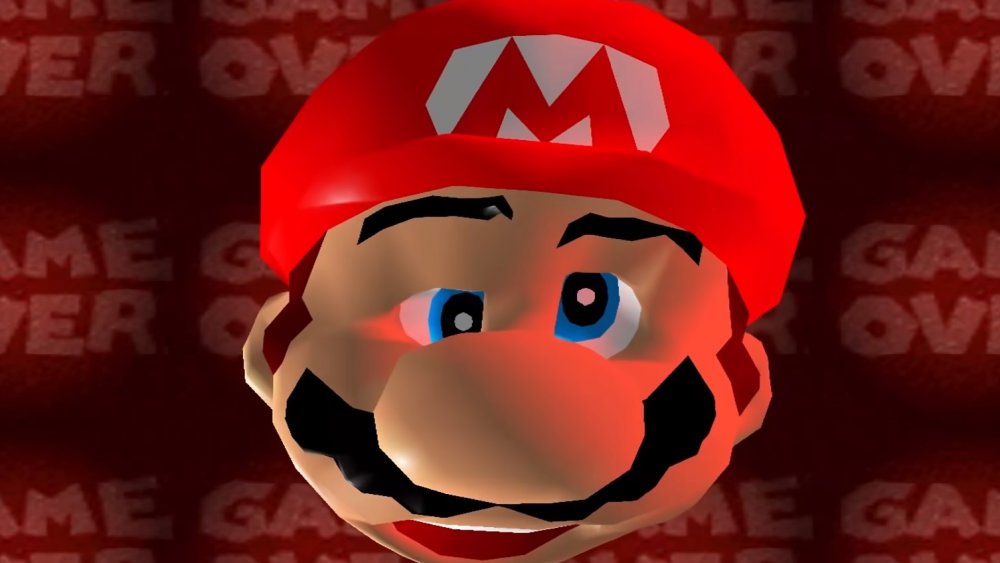Here's Why The Virtual Boy Was A Complete Failure
Long before Nintendo developed the Nintendo 3DS and Labo Toy-Con VR Kit, the company tried its hand at 3D gaming with the Virtual Boy. Nintendo had high hopes for the console and, according to Business Insider, spent a small fortune on exclusive rights to the technology that powered it. However, history demonstrates that the Virtual Boy put its worst foot forward.
The Virtual Boy initially sold for $179.99, but, less than a year later, the price dropped to $99. Two months after that, it was discontinued. In its short lifespan, the Virtual Boy reportedly sold only 770,000 units, 140,000 of which were from domestic sales in Japan.
So what happened? What ancient, primordial god did the Virtual Boy anger to become the worst selling Nintendo console ever? A number of factors came together to form the perfect storm of utter failure.
The Virtual Boy was a literal pain in the neck (and eyes)
When Gunpei Yokoi, former head of Nintendo's internal R&D1 division, originally envisioned the Virtual Boy, he pictured a small headset you could strap on and play anywhere. He thought it would be small and light, but reality got in the way of his dreams.
The Virtual Boy quickly morphed from an idealistic set of lightweight goggles to a bulky headset. The console had to be weighed down with metal plates to ensure the' brains of gamers were protected from EMF radiation. To offset the weight, Nintendo developed a stand for the Virtual Boy. Unfortunately, the console's final design had a significant flaw: ssers had to lean forward while playing, which Tech Times says caused neck pain.
To make matters worse, the Virtual Boy's screen was limited to a red and black color palette. The colors, combined with the 3D effect, caused eye strain (and reportedly still does). For liability reasons, Nintendo issued warnings that the Virtual Boy might cause headaches, nausea, and seizures. This didn't surprise rival manufacturers since the tech behind the Virtual Boy was demoed to numerous companies, including Sega. Every business except Nintendo passed on the 3D tech because it made kids throw up and lose their balance.
If a console physically hurts its users, it isn't long for the world.
The Virtual Boy didn't have a strong library of games
Most Nintendo consoles have launched with a strong lineup of games. The NES was bundled with Super Mario Bros. and Duck Hunt. Gamers could buy Super Mario 64 with the Nintendo 64. The Gamecube launched alongside Luigi's Mansion. Each title sold gamers on their respective systems. The Virtual Boy, unfortunately, is the sole exception.
The Virtual Boy's game library was hamstrung before the console even released. Former President of Nintendo Hiroshi Yamauchi explicitly told Yokoi to "de-emphasize Mario" on the Virtual Boy. Why? Because Nintendo wanted 3D Mario's big debut on the Nintendo 64. Even without Mario, the Virtual Boy could have launched with stellar games, but each Virtual Boy title lacked one crucial ingredient: Shigeru Miyamoto. The man was too busy working on the Nintendo 64 to help the Virtual Boy team create worthwhile titles.
At the time of discontinuation, the Virtual Boy had 22 games to its name. That's smaller than many modern console launch libraries.
The market and media were against the Virtual Boy from the start
While many gamers have heard stories of people suffering from headaches and back pain at the hands of the Virtual Boy, some stories were supposedly exaggerations. The console was by no means comfortable to play, but, according to Fast Company, a combination of fear mongering and tepid media ensured the console never stood a chance.
When media outlets heard about the health and eyesight warnings packed with every unit, many allegedly took the opportunity to attack the Virtual Boy. Nintendo included the warnings for liability reasons, but Japanese media purportedly made mountains out of mole hills, exaggerating the dangers the console posed to gamers. Oh, and the Virtual Boy released in the middle of an anti-gaming crusade, which didn't help matters.
This combination of bad publicity and an unenthusiastic audience resulted in a market that was downright caustic to the Virtual Boy. As Takefumi Makino, the author who helped write Yokoi's biography, put it, "Even if a child wanted a Virtual Boy, his or her dad was more likely to buy a PlayStation for Christmas."




